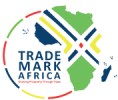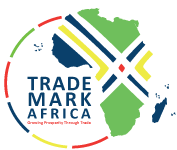Construction of the second phase of a modern container terminal at the port of Mombasa is set to start in January 2018. Kenya ports Authority (KPA) has already secured a US$ 339.2m loan from the Japanese government to finance the project construction. The Phase II project, which forms part of the broader Mombasa port upgrade and modernisation programme, which is estimated to cost a staggering $900-million, is aimed at transforming the port into a modern facility capable of serving not only Kenya but also the rest of the East African region. KPA MD Catherine Mturi-Wairi says the authority has embarked on the tendering process for Phase II, which involves the construction of Berth 22. “We have secured financing from the Japanese government and are now in the tendering process, with plans to break ground in January 2018,” she said. When completed, Phase II will provide additional capacity of 450 000 TEU/y. An envisaged third phase, which will involve the construction of Berth 23, will increase capacity by a further 500 000 TEU/y. In total, once all phases are completed, the terminal will have a total capacity of 1.5-million twenty-foot-equivalent units (TEUs) a year. According to Mturi, the commissioning of 550 000-TEU/ Phase I which was completed in September last year has significantly enhanced the competitiveness of the port. Last year, the port handled 27.3-million tons of cargo, compared with 26.7-million tons in 2015. Further, container traffic increased from 1.08-million TEUs in 2015 to 1.09-million TEUs in 2016. Kenya hopes the...
Kenya to build USD339.2m container terminal in the race to remain E Africa’s biggest port
Posted on: October 19, 2017
Posted on: October 19, 2017















